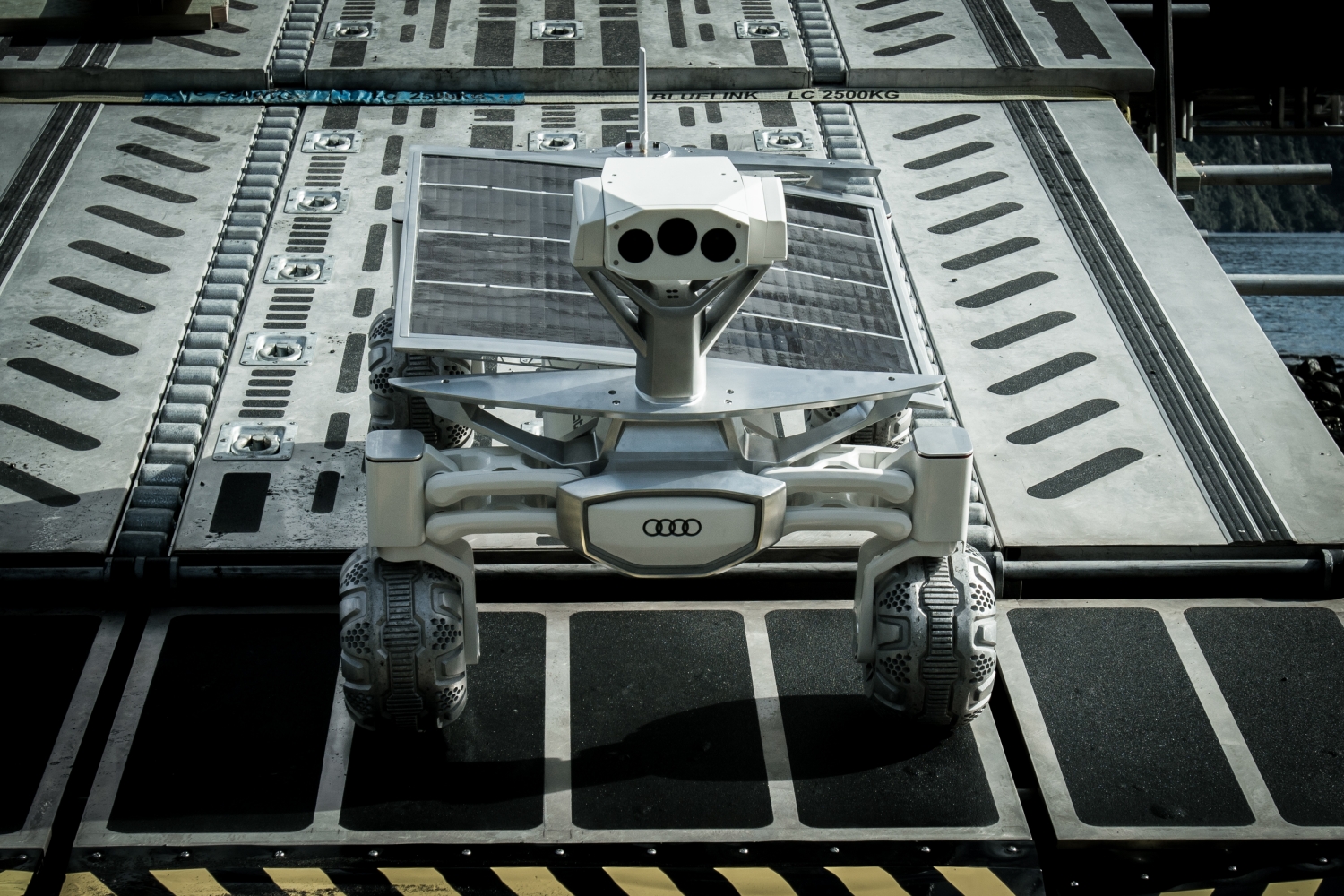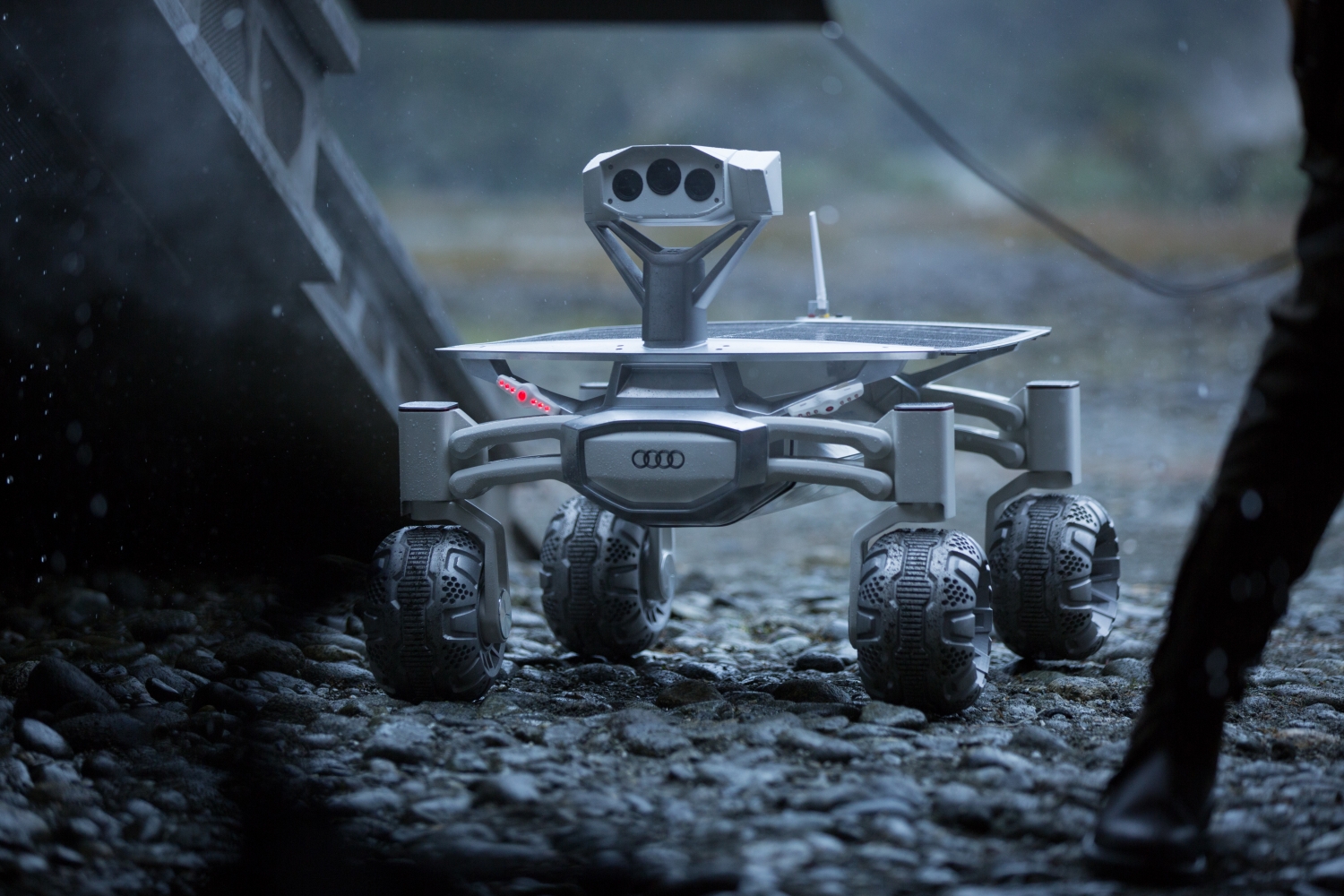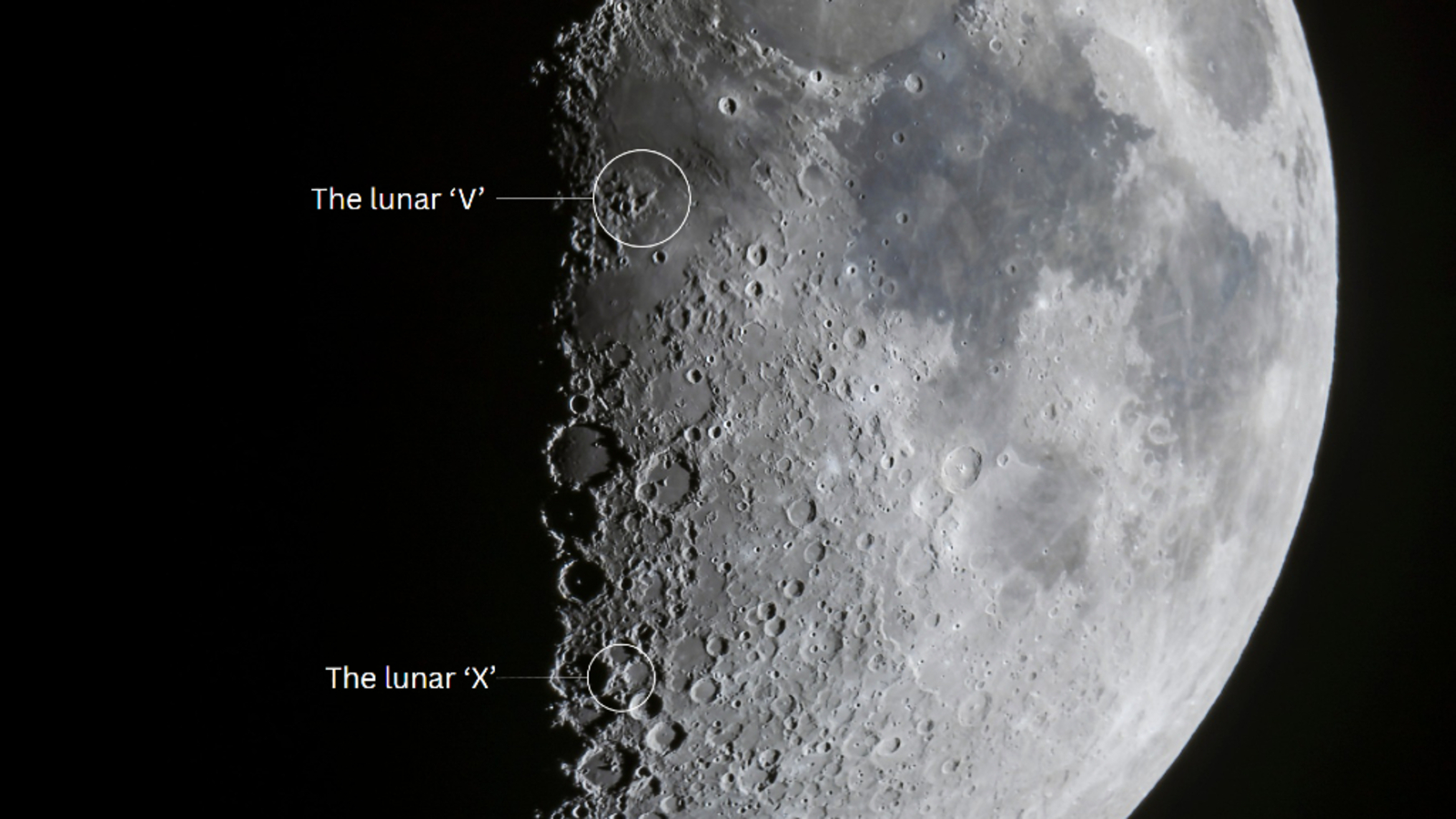'Alien: Covenant' Co-Stars Private Audi Quattro Moon Rover
The futuristic tech of "Alien: Covenant" may be closer than we think: A proposed lunar rover built by privately funded team from Germany will make an appearance in the film.
The rover was designed by the Germany-based team PT Scientists, or Part Time Scientists, which has been developing it for the last two years. The group was one of 16 in competition for the $30 million Google Lunar X Prize, which will be awarded to the first team that can get a rover to the moon, drive it 500 meters and send back high-definition video to Earth. PT Scientists was eliminated from the competition in January, though the team is still working on sending up their rover, called the Lunar Quattro. A short video shows the Quattro investigating a disturbance in "Alien: Covenant."
The Quattro is being built in a partnership between PT Scientists and Audi, the car manufacturer. PT Scientists secured a launch contract in November 2016; Spaceflight Inc. brokered the deal, and the rover would likely launch on a Space X rocket — perhaps even the Falcon 9 or Falcon Heavy. According to a report from Spacenews.com, the team was left out of the running for the X Prize because its launch contract couldn't be verified by Google. [Google Lunar X Prize Moon Race Teams (Images)]
Prize woes aside, the team is forging ahead with development. Their rover bears some resemblance to the rovers on Mars, such as Pathfinder. It has four wheels and a solar panel on top that can be tilted to maximize the amount of power it gets from the sun, according to Audi's website. The rover's front hosts a stereoscopic camera, and its four wheels are designed to tackle rough terrain, so they are well below the keel of the vehicle.
In addition, the design itself has been done via 3D printing, a move away from traditional prototypes, according to Audi.
The planned landing will be at the Apollo 17 site, where the last lunar vehicle, a four-wheeled rover driven by the astronauts in 1973, remains.
As for aliens, it's unlikely the Lunar Quattro will see any on the moon. If it does, with luck they won't be xenomorphic predators.
Breaking space news, the latest updates on rocket launches, skywatching events and more!
Follow Ian O'Neill @astroengine. Follow us @Spacedotcom, Facebook and Google+. Original article on Space.com.
Join our Space Forums to keep talking space on the latest missions, night sky and more! And if you have a news tip, correction or comment, let us know at: community@space.com.

Jesse Emspak is a freelance journalist who has contributed to several publications, including Space.com, Scientific American, New Scientist, Smithsonian.com and Undark. He focuses on physics and cool technologies but has been known to write about the odder stories of human health and science as it relates to culture. Jesse has a Master of Arts from the University of California, Berkeley School of Journalism, and a Bachelor of Arts from the University of Rochester. Jesse spent years covering finance and cut his teeth at local newspapers, working local politics and police beats. Jesse likes to stay active and holds a fourth degree black belt in Karate, which just means he now knows how much he has to learn and the importance of good teaching.


